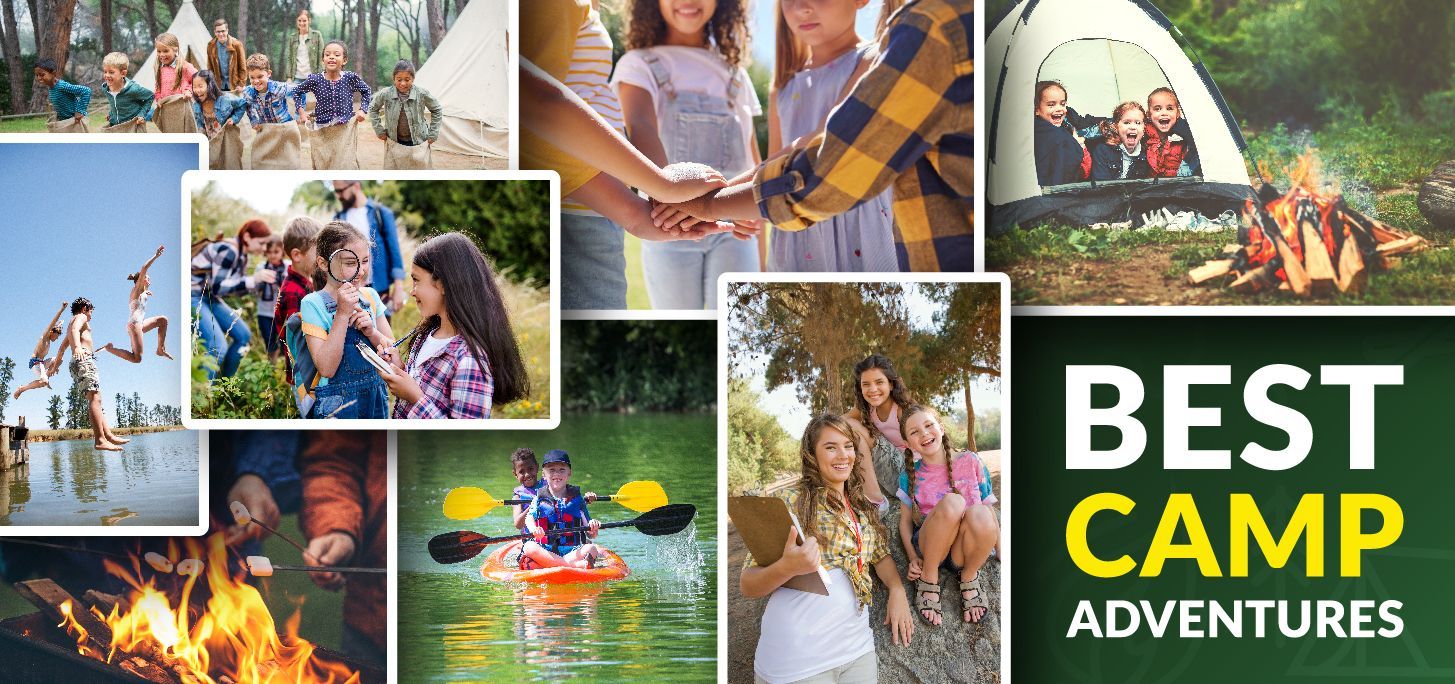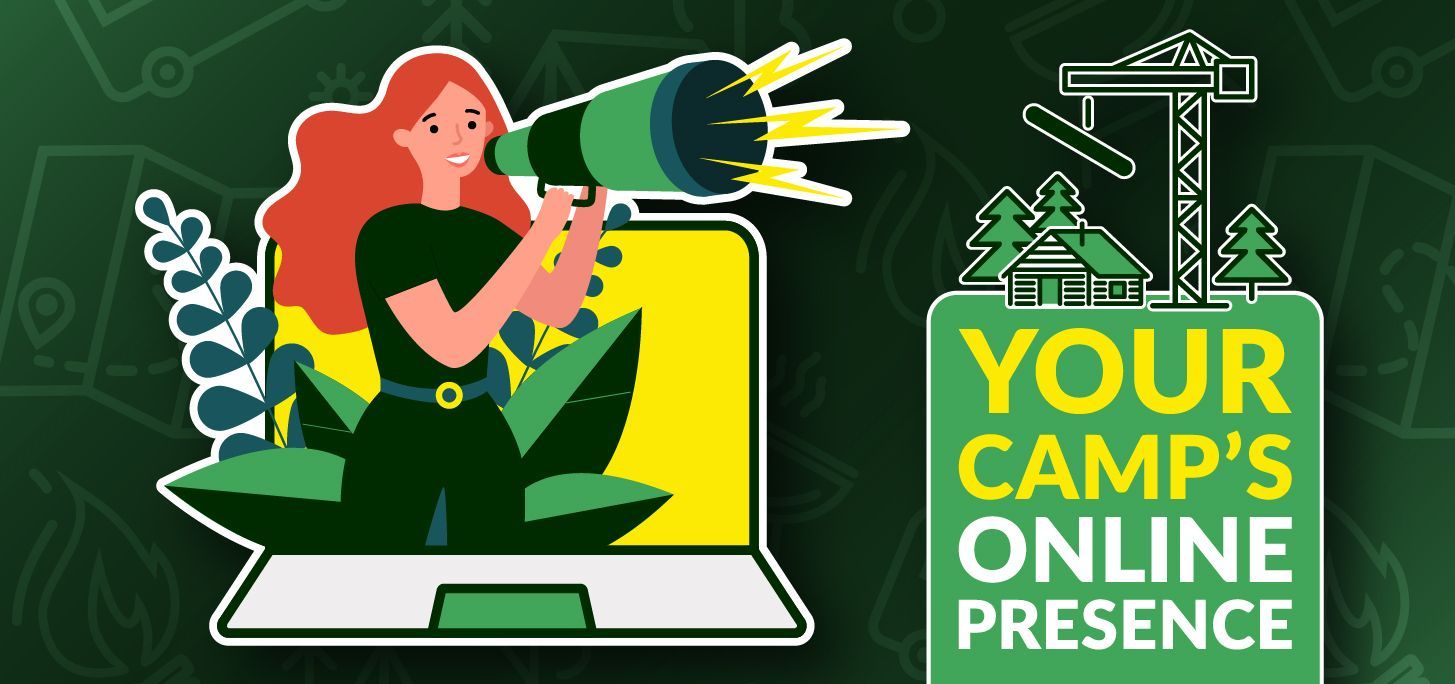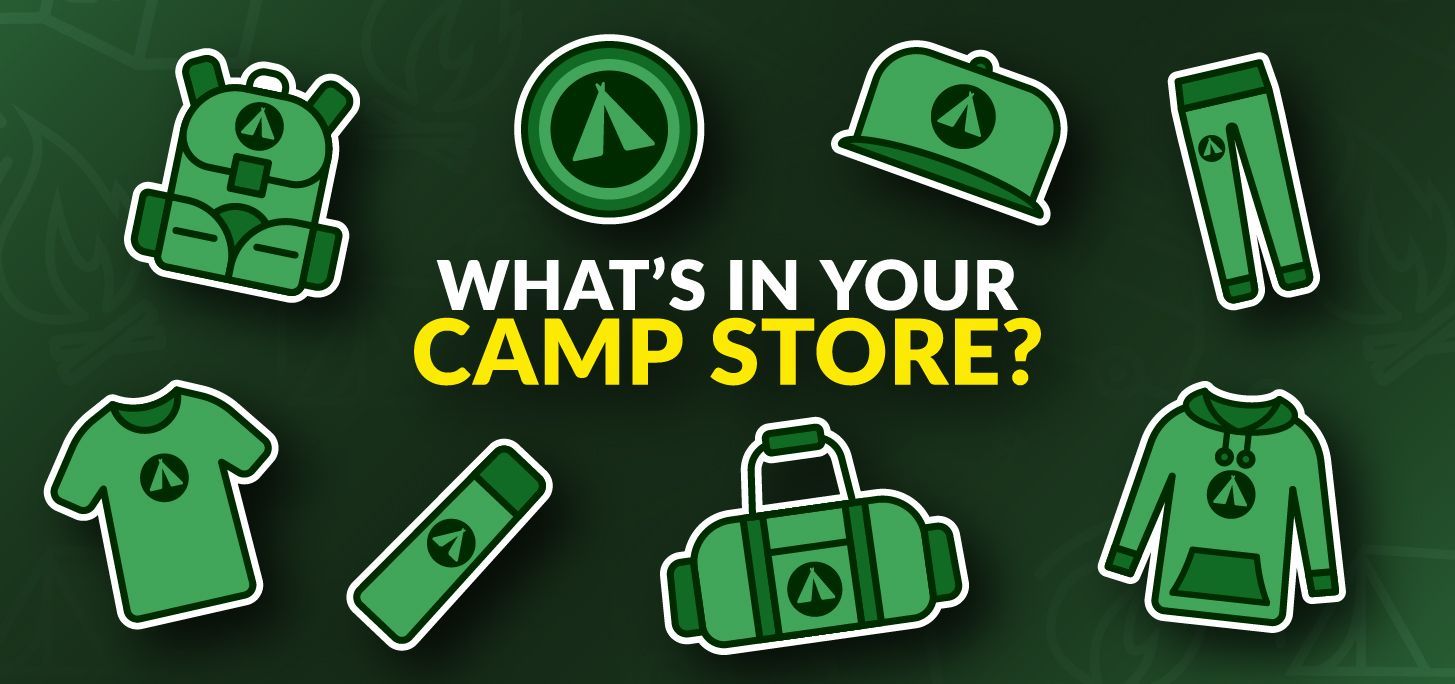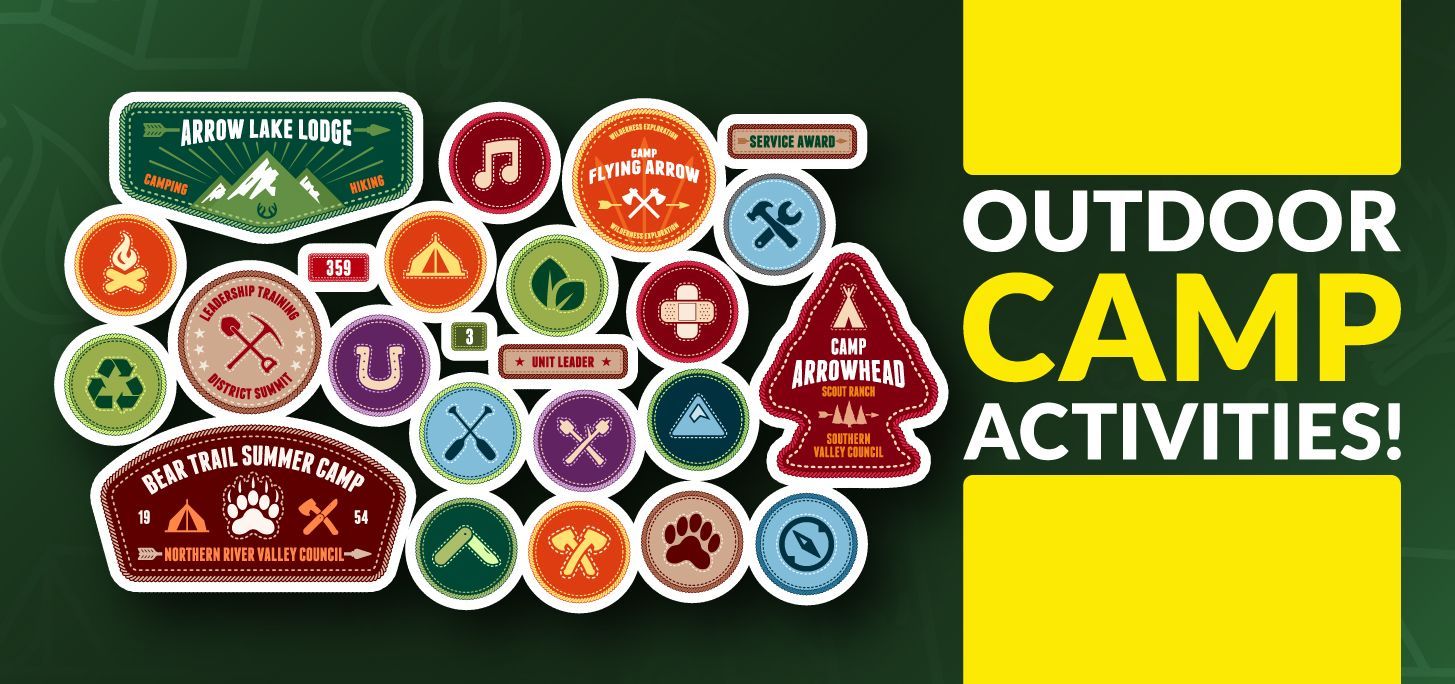How to Build Your Camp’s Online Presence
With the internet in our pockets, on our wrists, and engrained in our day-to-day lives – camps cannot afford to skip out on creating an impressive online presence. The internet is like the ultimate campfire, a place to welcome old and new campers and bolster their spirit.
As valuable as word of mouth is, not everyone will find your camp through friends and family. And those that do will likely still have questions and want to do research. A strong online presence is a cornerstone for camp success.
Prep Your Digital Firepit
You cannot build a safe and successful campfire without preparing the ground first. To lay the groundwork for a beneficial online presence, a camp first needs a well-constructed website and social media accounts that are updated regularly.
Establishing Your Camp Identity
Your website is a great place to host all of the elements of your story. You can explain your camp's history, activities, leadership style, safety measures, and the fun and transformative experiences you provide. Including real pictures of your camp environment and personal stories alongside informational content will help instill trust and confidence in those who seek a safe and enriching environment for their camper.
Finding Your Camp’s Voice
Social media gives your camp a day-to-day voice in the lives of camp families and the public. Sharing stories about camp traditions, activities, experiences, and team members can build excitement and community well before campers arrive and long after they leave.
10 Ways to Fuel Your Digital Campfire!
In a world where information flies around faster than a kid on a zip line, having a consistent and captivating online presence is one sure way to fuel your success. Let’s explore a few ways to stoke that fire!

1. Define the Brand Strategy for Your Camp:
Start with a well-defined brand strategy that outlines your camp’s unique mission, values, ideal campers, and what their guardians (who make the buying decision) are looking for. A brand strategy should guide all your communications and interactions, including your online efforts.
2. Create a Unique Brand Identity and Experience:
Develop a distinct brand identity that includes a memorable logo, color palette, and typography. This visual consistency should be applied across all online platforms so that your camp’s interactions all use similar visuals and tone across your website, social media, emails, and beyond into the real-life experiences you offer.
3. Prioritize Responsive, Mobile-Friendly Design:
Over half of web searches happen from a mobile device like a phone or tablet. Your camp’s website and registration needs to be mobile-friendly and user-friendly. A website is often the first point of contact between your camp and potential camp families. To nurture that budding relationship, their visit should be welcoming, easy to navigate, and engaging to look at.
4. Optimize for SEO:
Without having to hire an expert, here are some simple steps you can take to boost your SEO! Think about how people will discover your camp online. A Google Business profile can act as a hub where you can add pictures and reviews, link your website and social media accounts, and more. Claim and verify your camp address on Google Maps. This will help with “Camps near” types of web searches and improve Google Maps’ navigation tool.

When building your website, include important search words and phrases in H1 headings and your URLs to get higher natural search rankings. Want to show up in a specific search such as “best summer camp in Colorado”? Write a blog titled “Why [CampName] is the best summer camp in Colorado”. Or if you have some compelling testimonials, create a landing page titled “Why customers say [CampName] is the best summer camp in Colorado” and let your customers’ words explain it for you!
5. Creative and Interactive Content:
Develop a content marketing strategy that includes landing pages, blogging, videos, photo galleries, infographics, polls/surveys, and social posts to help you bring your camp to life online. Use this content to provide engagement opportunities and valuable insights into camp experiences.
6. Email Marketing:
Build and nurture your email contacts. Make sure your camp staff knows what email address your communications are coming from so they can tell customers to add it to their contacts! This helps emails get successfully delivered to inboxes. To avoid creating a situation where your camp families get email fatigue, plan out your communications and think carefully about what should be sent as a dedicated email, versus what can be included in a routine communication like a newsletter.
7. Strategic Online Advertising:
For newer camps, camps that are rebranding, or camps that need help reaching their enrollment capacity – online advertising is a great way to target specific audiences. Google and social media ads can be geared toward people of certain demographics such as age, interests, and location. Targeting the right audience with an ad can easily boost registrations. The ad should feel like an extension of your digital space (landing page, website, socials). When someone clicks on it, they shouldn’t question or be confused about where they land.
8. Customer Reviews and Testimonials:
Word of mouth – camp families will always trust the word of a friend or a peer over your marketing materials. This is why your camp needs to collect, encourage, and leverage customer reviews and testimonials across your content. Positive reviews build trust and credibility and even great responses to negative reviews can work in your favor.

9. Community Building with Social Media:
Your followers will not see every social post you make. But your posts will pop up in their feed from time to time. Regularly posting updates increases that likelihood. A well-managed social media platform can foster a sense of community by allowing camp families to connect and share experiences with you and others through comments or groups. Maintain a consistent presence and engage - ask for participation, post shareable content, and respond to comments and messages promptly.
10. Monitor Your Online Reputation:
Monitor your camp reputation online by searching your camp name and reviewing the first few pages of search results. Pay attention to news articles by setting up a Google Alert for mentions of your camp or local topics. And if no news is being generated naturally, look for opportunities to help create a buzz yourself with local organizations or news outlets and engage online with industry experts and influencers! You’re doing awesome work! Share it.
Ready to get to work?
Great! We hope you found some actionable advice.
While you work on your digital footprint – look no further for camp registration software that can help empower your online presence through custom branding and mobile-ready design!
We would love to hear about how you fuel your online presence! Share our article below and mention @icamppro to tell us about your camp’s digital success!

Company






